Quang Ninh has a coastline of more than 250km , with 2,077 islands and over 40,000 hectares of tidal flats . Quang Ninh's sea area is home to many valuable species . Therefore, the province always pays attention to protecting the marine environment.
The Provincial Party Committee has issued Resolution No. 10/NQ-TU (dated September 26, 2022) on strengthening the Party's leadership in resource management, environmental protection, natural disaster prevention and mitigation, climate change response, and ensuring water security in the period of 2022-2030. The province has completed the Project to increase the collection and treatment rate of domestic solid waste in the area in the period of 2019-2022.
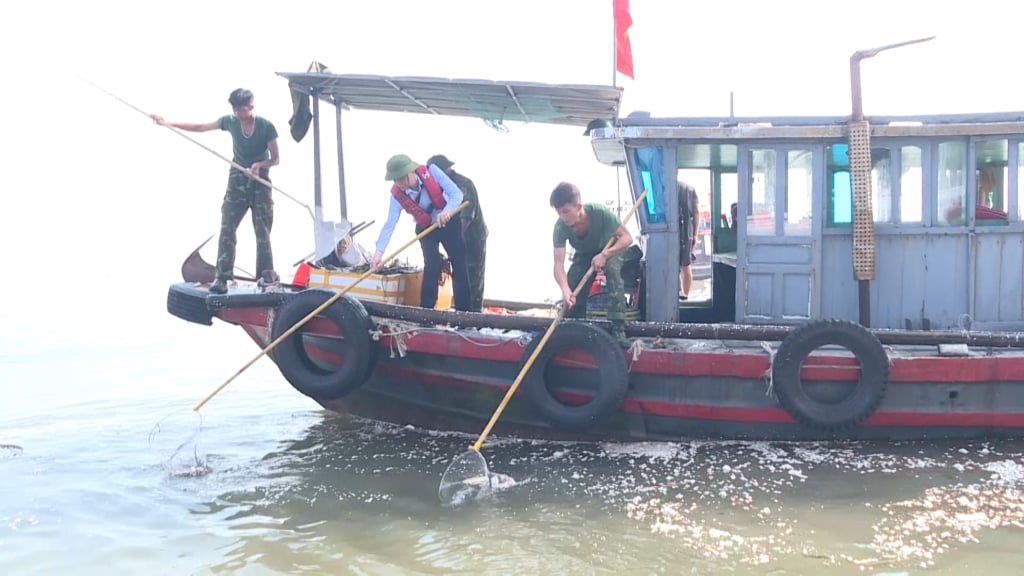
Along with that, the province also issued a set of local technical regulations on the environment, creating an important legal basis, ensuring long-term and consistent orientation in leadership, direction and operation, thereby helping to raise awareness and responsibility of businesses and the community on environmental protection.
The province has a rich seaport system and a developed waterway transport system. To serve the dredging activities of seaport waters and inland waterway waters, the province annually issues a list of locations for receiving and dumping dredged materials arising from these activities.
Currently, the whole province has 2,208 hectares of marine fish farming with 15,000 cages, concentrated in the localities: Van Don, Dam Ha, Hai Ha, Cam Pha; the area of coastal estuaries and sea surface for mollusc farming is 9,500 hectares, an increase of 6,222 hectares compared to 2013, with the main farming forms being rafts, hanging cages, or farming on tidal flats, concentrated in the localities: Van Don, Dam Ha, Hai Ha, Quang Yen, Mong Cai.
To protect the environment in aquaculture, since August 2020, the province has issued local technical regulations on materials used to make buoys in brackish and salty aquaculture in the area; accordingly, it has stepped up propaganda and mobilization, requiring organizations, businesses and people to convert buoy materials in aquaculture to protect the environment sustainably. Since then, more than 6.15 million buoys have been converted to meet local standards, reaching a rate of about 98.5%.
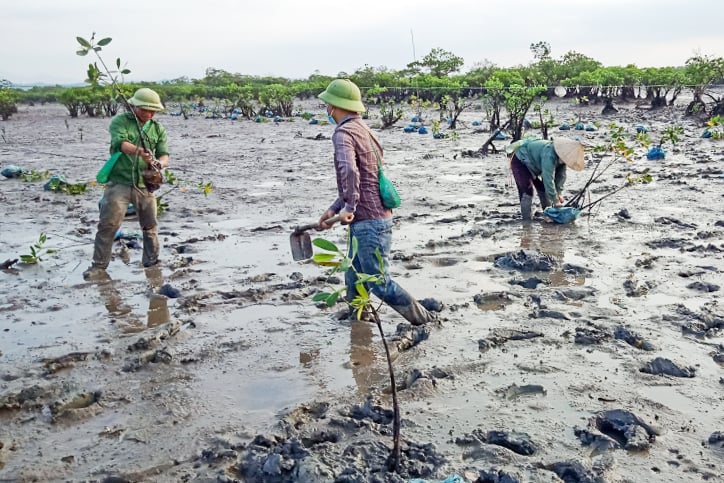
With a coastline of more than 250km and 2,077 islands , in order to protect the coastal ecological environment and island environment, the province has established a special-use forest to protect the landscape of Ha Long Bay, conducted surveys, planning, and prepared a dossier to propose recognition of a wetland reserve of international importance (RAMSAR) for Dong Rui wetland (Tien Yen district); completed the dossier to establish a new special-use forest area for Quang Nam Chau Species and Habitat Conservation Area; coordinated to develop a dossier to nominate Ha Long Bay - Cat Ba Archipelago as a World Natural Heritage...
Quang Ninh also focuses on improving the coastal ecological corridor by focusing on implementing projects to improve, restore and plant new coastal mangrove forests and investigate marine resources. From 2000 to present, sectors, organizations and localities in the area have carried out new planting and supplementary planting, restored poor quality forests and cared for and protected 1,290.39 hectares of mangrove forests, including: New planting 240.56 hectares; additional planting, restoration of poor quality forests 1,049.83 hectares; protection, investment in establishing sustainable forest models with community participation of 18,994 hectares; implementation of 2 projects to investigate marine resources...
To restore and develop coral reef ecosystems and seagrass beds in Ha Long Bay, Bai Tu Long Bay, and the Co To - Tran Island sea area, the province has gradually released artificial reefs, striving to restore an additional 30-50 hectares (by 2030). Up to now, Quang Ninh has established a reef with 510 concrete structures and created an artificial reef for coral cultivation with an average survival rate of 83.6% after 12 months.
At the same time, the province has also zoned 16 areas to protect rare and special aquatic resources with very high economic and nutritional value, including: 8 areas to protect sandworm resources and assign management rights to community organizations to exploit and protect sandworm resources with a total area of 2,844 hectares; zoned 6 areas to protect clam resources, with a total area of 625 hectares; zoned 2 areas to protect earthworm resources, with an area of 60 hectares.
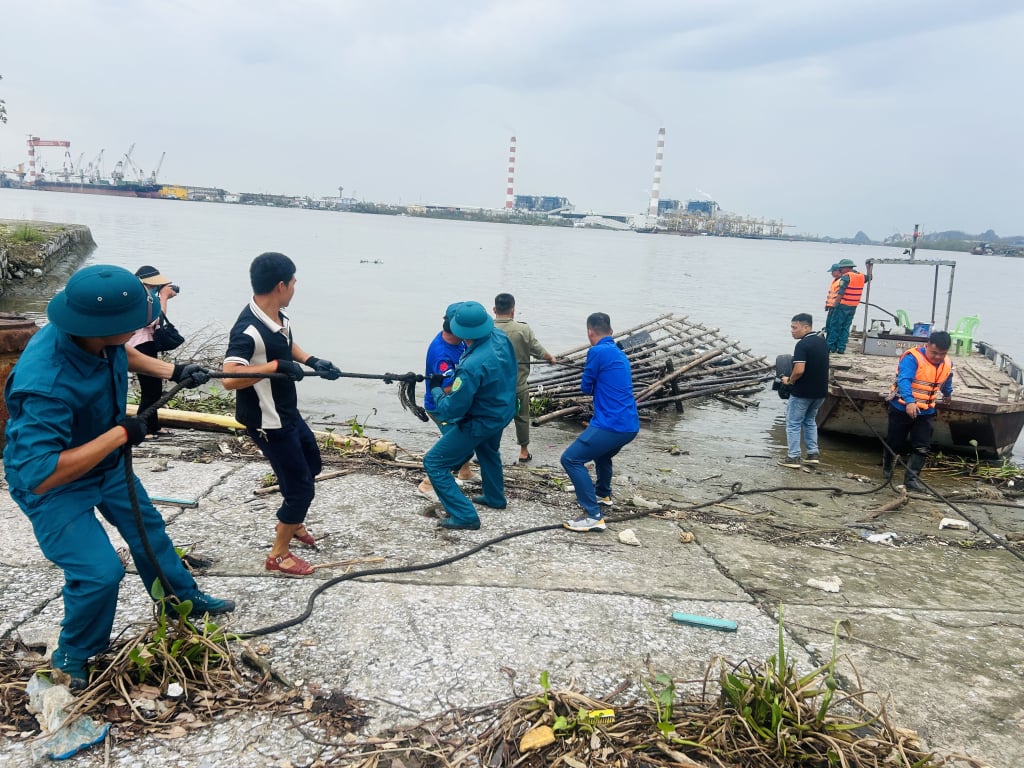
Along with that, the province strengthens the management of the operation of automatic environmental monitoring stations in the area to monitor waste, promptly warn of environmental pollution in localities and enterprises. Promote investment in construction, exploitation of wind power, solar power and other forms of renewable energy in seas and islands, in which priority is given to investment in developing renewable energy on islands to serve production, daily life, ensuring national defense and security; call for investment in wind power plants in Co To island district; rooftop solar power systems in households, offices in island communes and districts where there is potential for radiation...
To respond to marine environmental incidents, the Provincial People's Committee has allowed two units with full functions to respond to oil spills to operate in the form of socialization, including: Vietnam Environmental Incident Response Center and Northeast Oil Spill Response Center - Branch of Vietnam Maritime Construction Investment Consulting Joint Stock Company. The oil spill response centers are regularly proactive, on duty, responding, and training drills according to regulations.
Thanks to the active and joint efforts of authorities at all levels and local people, the marine environment in Quang Ninh is increasingly improved, contributing to creating stability and sustainable socio-economic development.
Source



![[Photo] General Secretary To Lam concludes visit to Russia, departs for Belarus](https://vphoto.vietnam.vn/thumb/1200x675/vietnam/resource/IMAGE/2025/5/11/0acf1081a95e4b1d9886c67fdafd95ed)
![[Photo] General Secretary To Lam arrives in Minsk, begins state visit to Belarus](https://vphoto.vietnam.vn/thumb/1200x675/vietnam/resource/IMAGE/2025/5/11/76602f587468437f8b5b7104495f444d)
![[Photo] General Secretary To Lam meets and expresses gratitude to Vietnam's Belarusian friends](https://vphoto.vietnam.vn/thumb/1200x675/vietnam/resource/IMAGE/2025/5/11/c515ee2054c54a87aa8a7cb520f2fa6e)


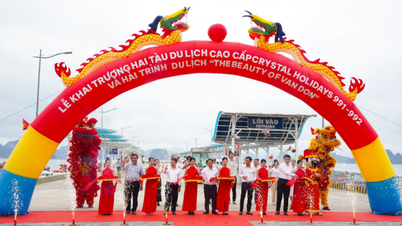

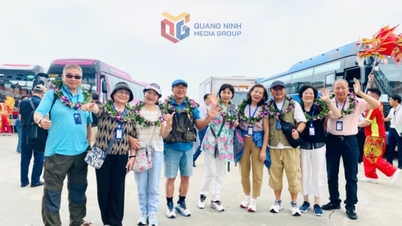
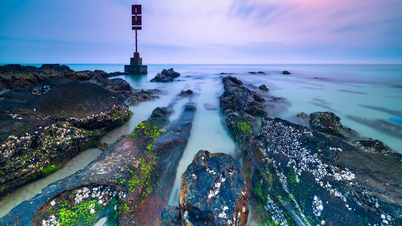

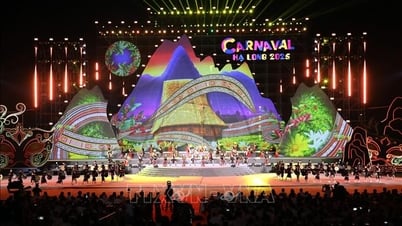

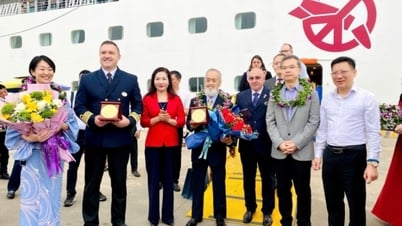
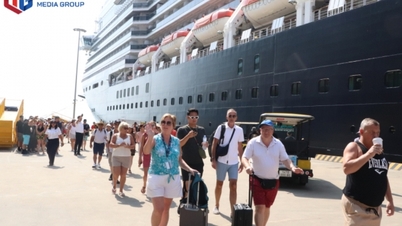

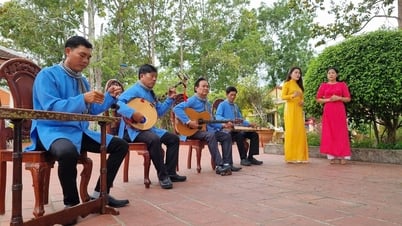
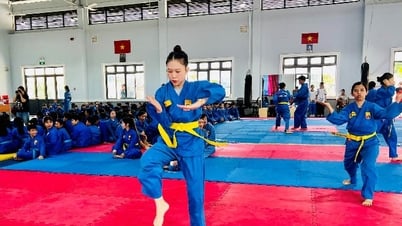
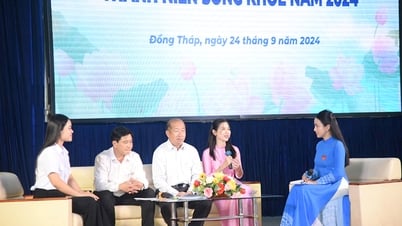
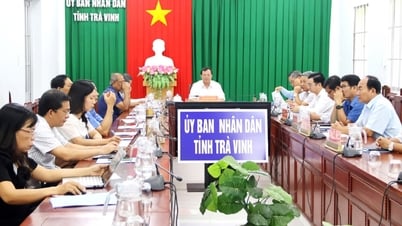
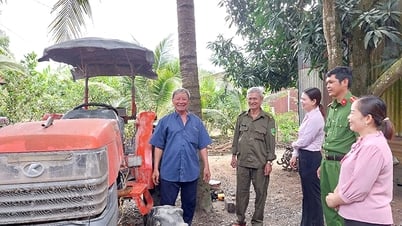





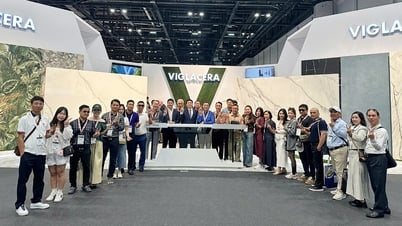
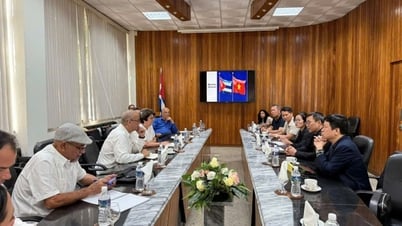

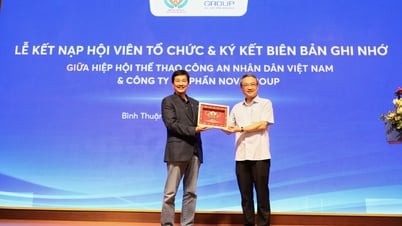


![[Photo] National Assembly Chairman Tran Thanh Man attends the Party Congress of the Committee for Culture and Social Affairs](https://vphoto.vietnam.vn/thumb/1200x675/vietnam/resource/IMAGE/2025/5/11/f5ed02beb9404bca998a08b34ef255a6)





























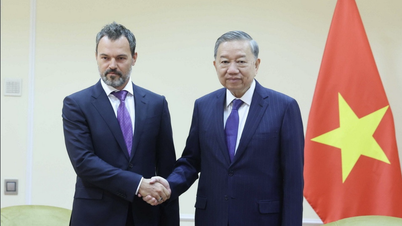














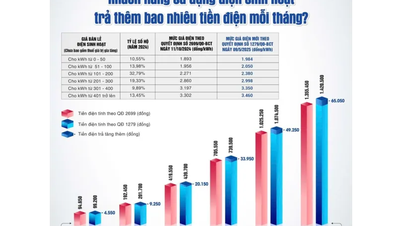



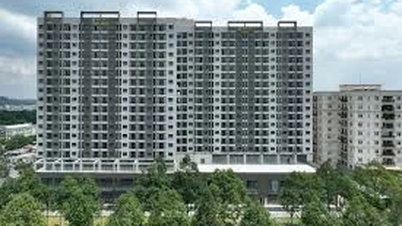

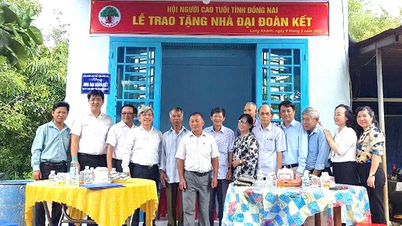







Comment (0)